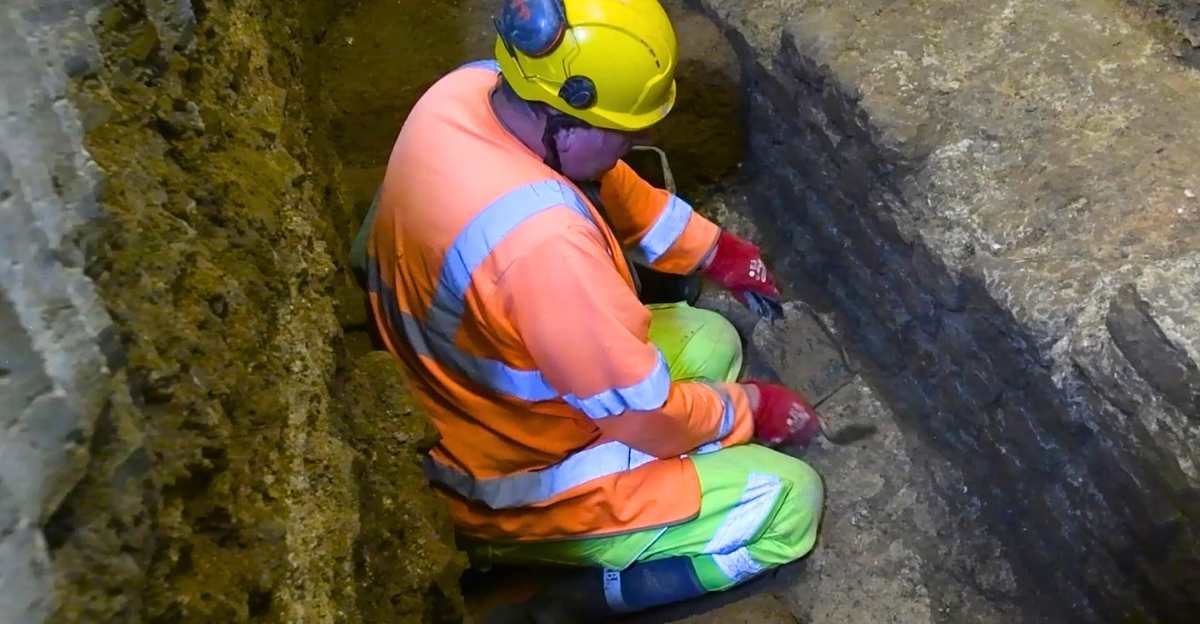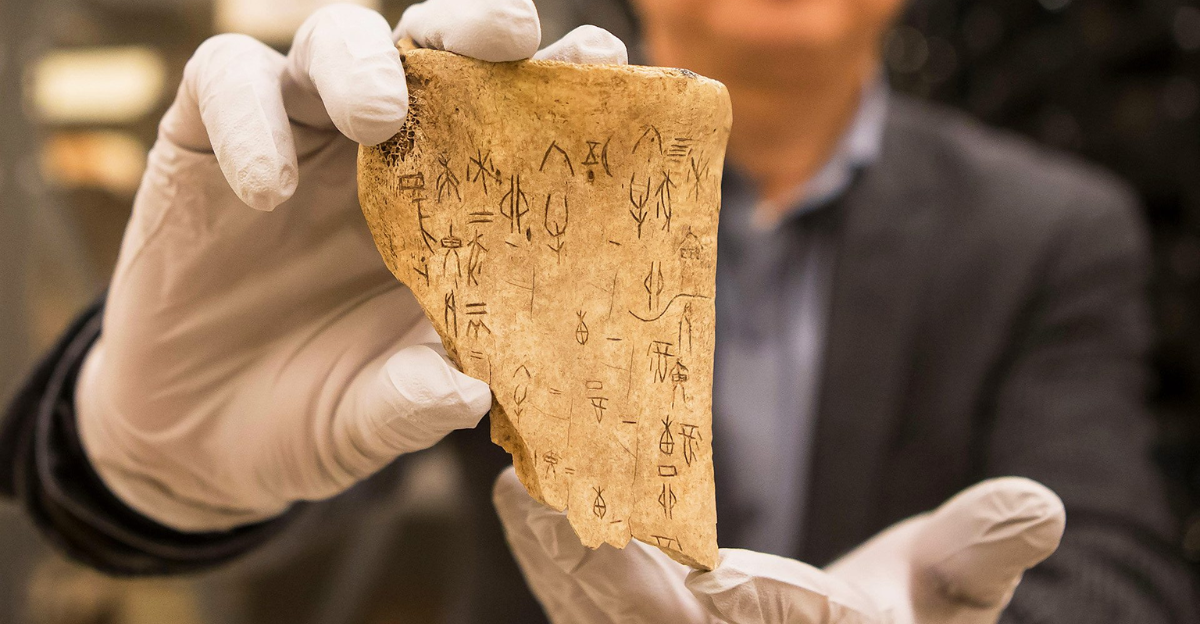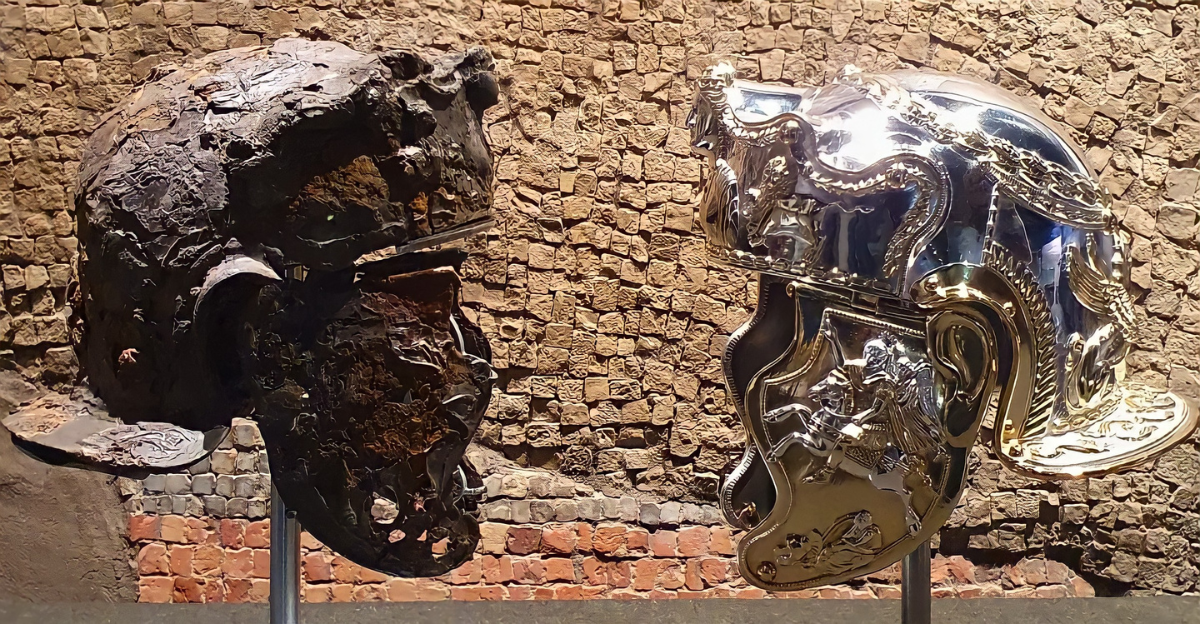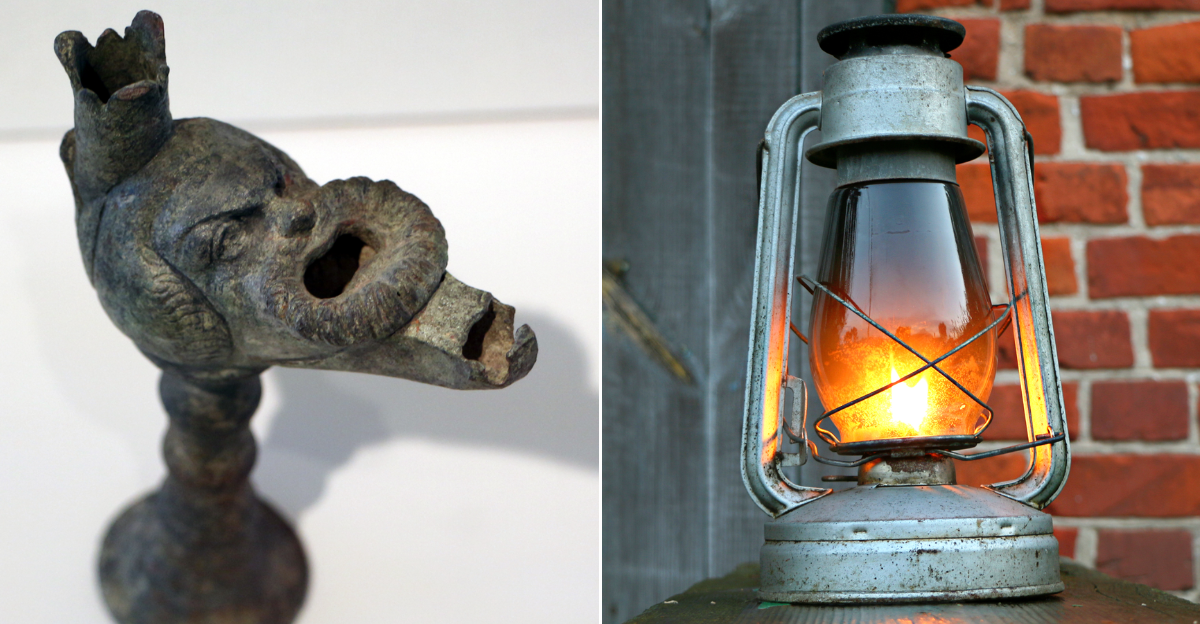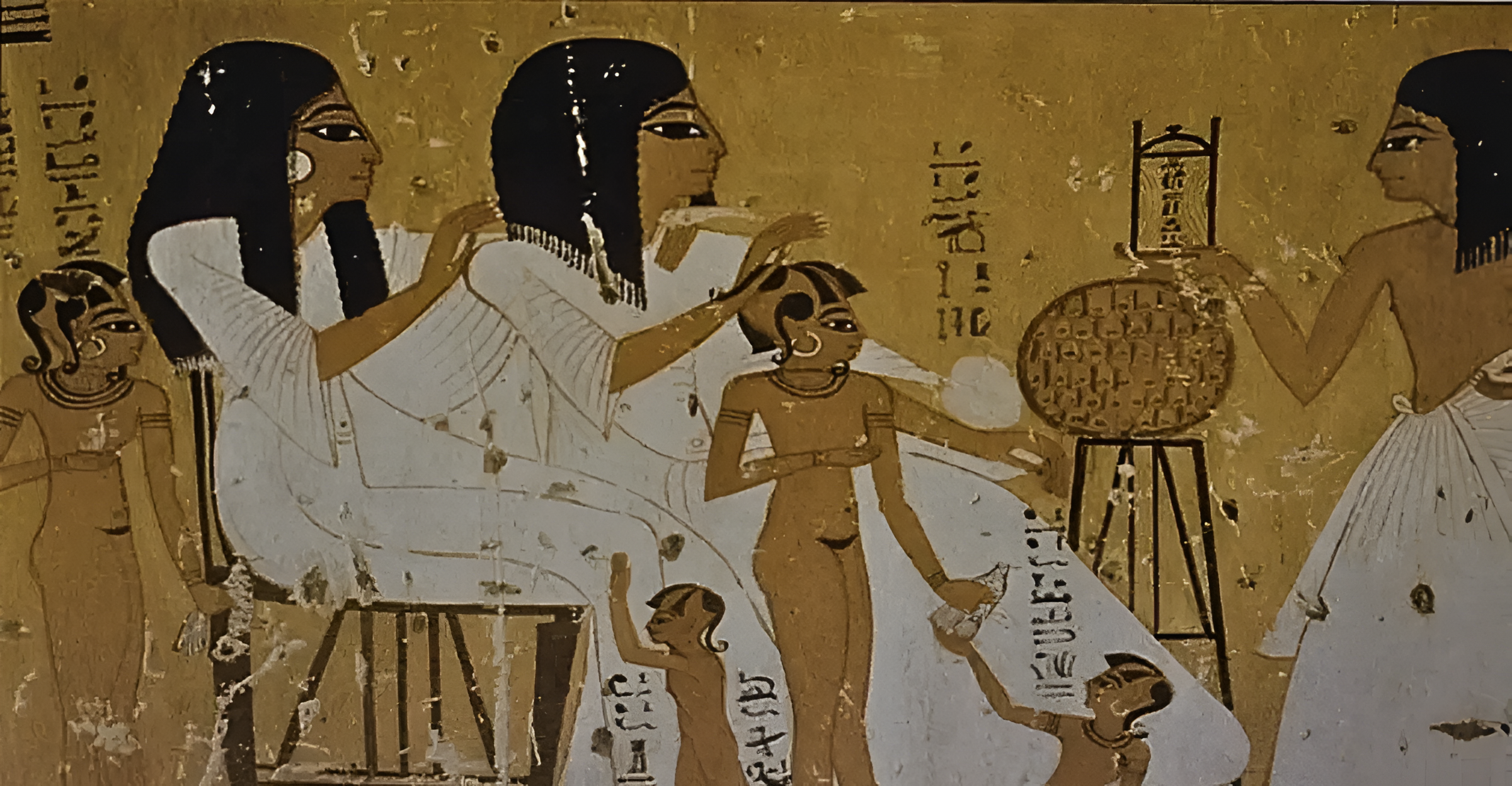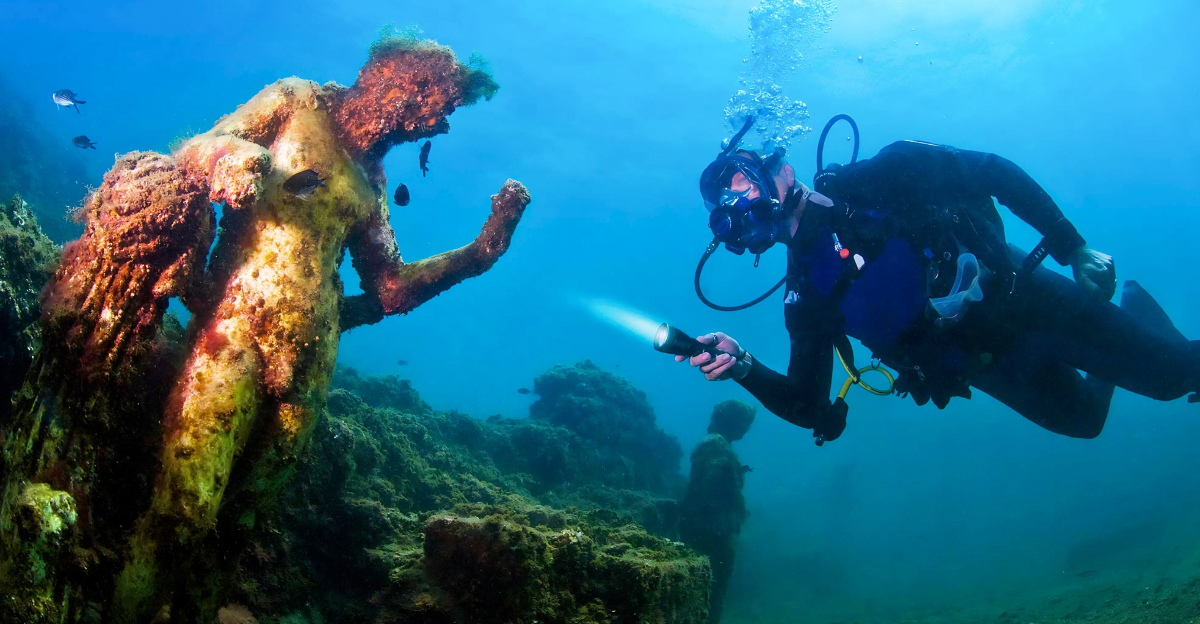
Off the Indonesian coast, construction firms excavating the seabed to build an artificial island made a strange discovery: pieces of a very old human skull.
Fossils and bones of ancient animals suggest a distant world, submerged under the ocean. Was there once land where early humans dwelt in the open? Let’s look at what scientists discovered.
An Enigmatic Find in the Ocean Deep
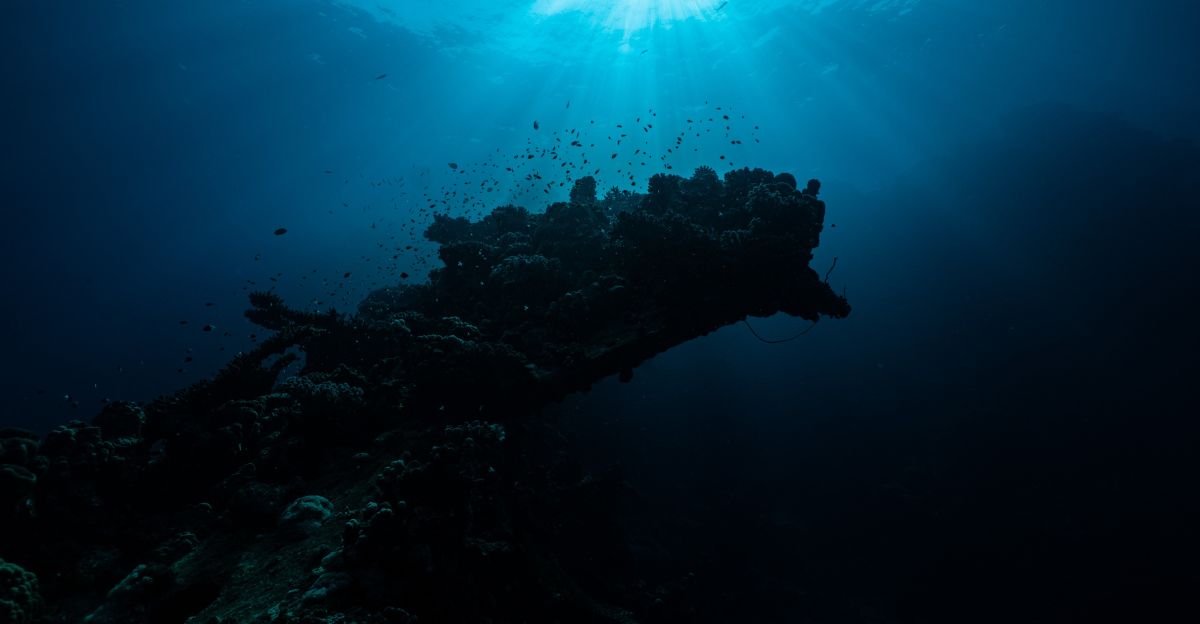
Construction workers started dredging Indonesian ocean floor sediment, anticipating rock and sand but never human remains.
However, in the ground, were bits of skulls that left experts perplexed. The bits of skull told a story far more ancient and profound than man had envisioned. Preliminary studies raised questions about what these early residents were and how they lived.
Clues Pointing towards an Erosion Landscape
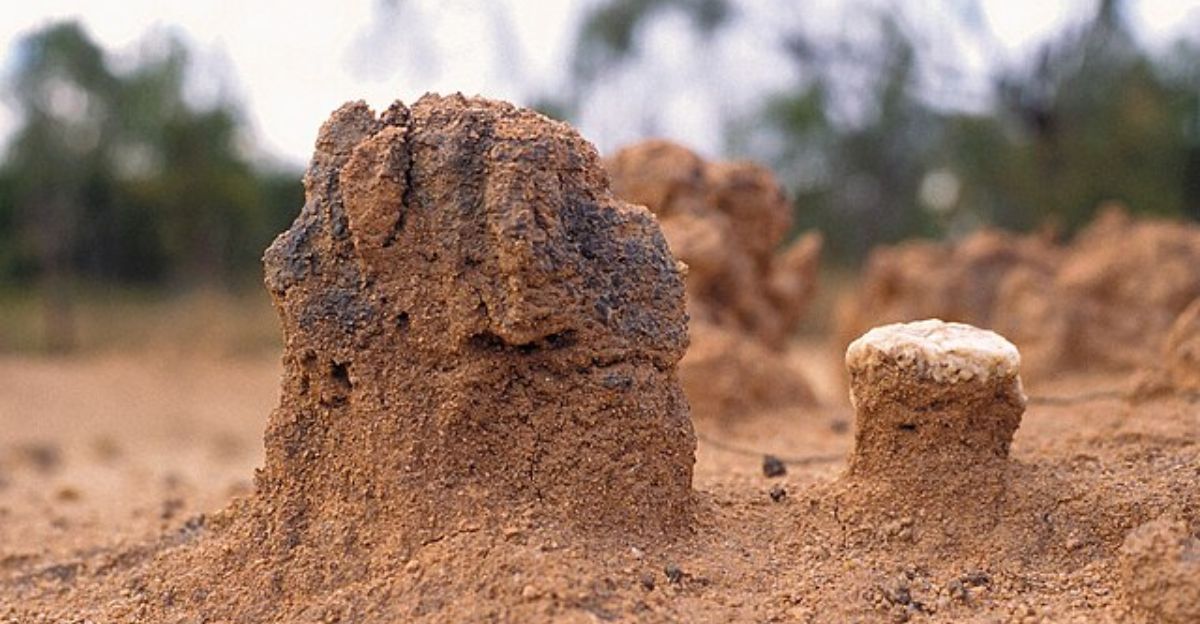
More research showed that these remains did not end up in the sea accidentally. They came along with the fossils of land animals.
This mix suggested a period when the space between present-day Indonesian islands was not sea, but a broad, unbroken stretch of earth. Scientists got to work piecing together evidence of what this lost world could have been.
Sundaland: A Forgotten Stretch of Earth
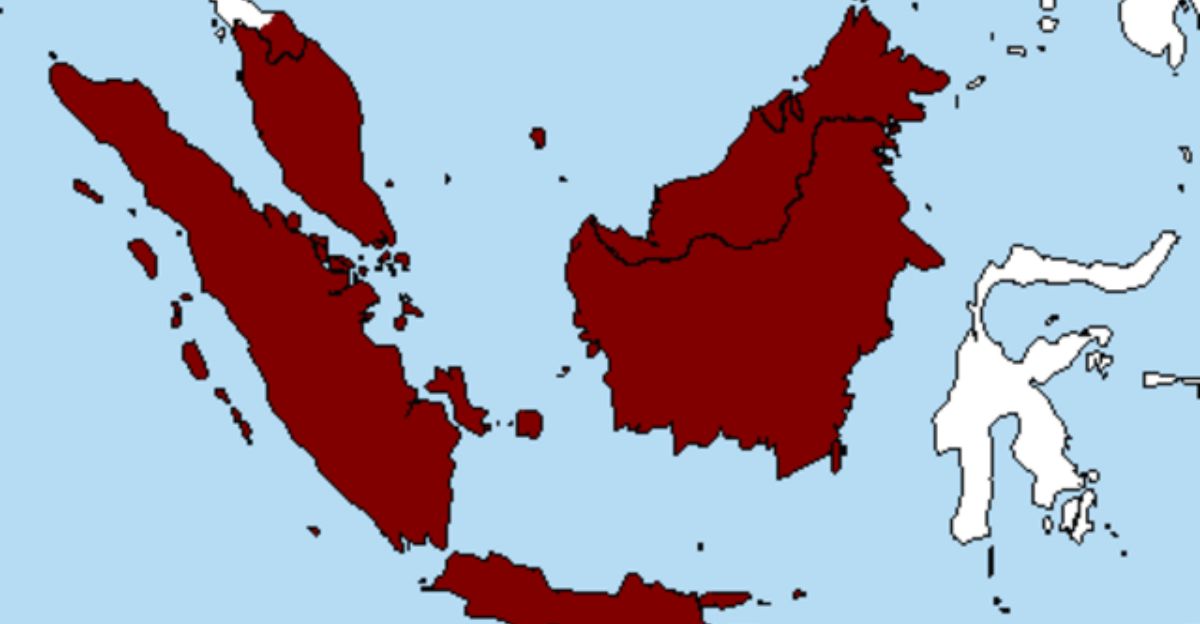
A very long time ago, Sundaland filled the area now occupied by the sea. Sea levels fell significantly during the glacial phase around 140,000 years ago.
Lowland savannahs stretched far and wide and formed the islands of today’s Java, Sumatra, Borneo, and Bali. Rivers flowed over plains and animals roamed around freely. The land provided fertile resources for any humans who inhabited it.
Homo Erectus Takes Center Stage
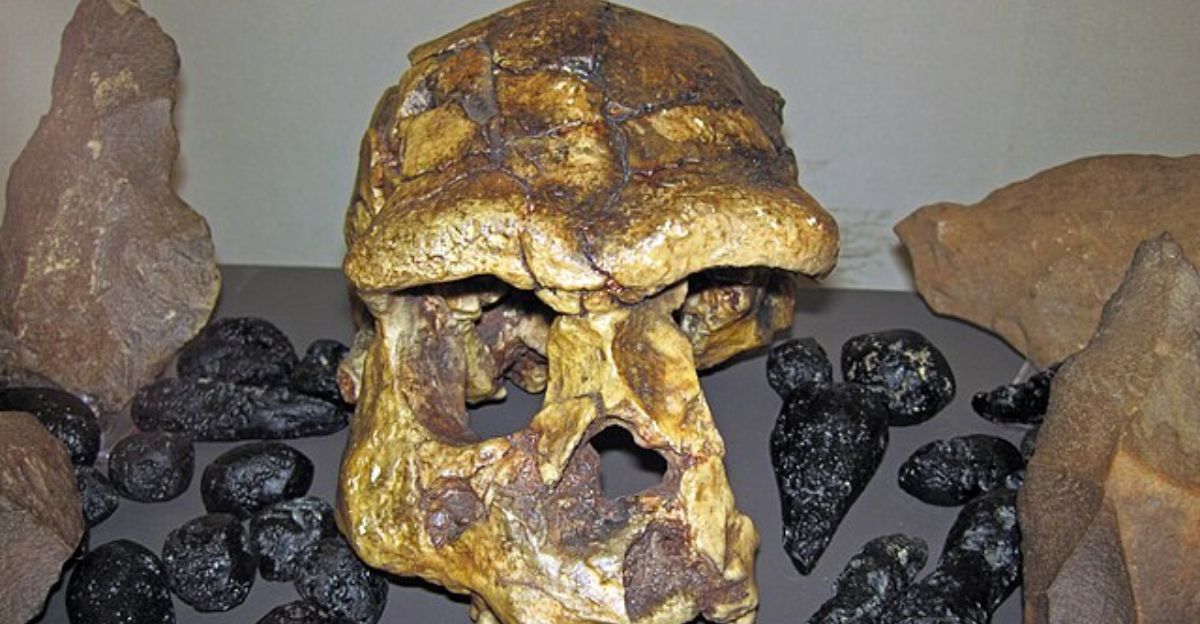
Among the surprises were two pieces of a Homo erectus skull. Dubbed “Java Man,” Homo erectus was initially unearthed on dry land in Java but never under water before then.
The skull fragments indicate they didn’t merely reside in Java but probably spanned across the formerly connected Sundaland plains, via natural land bridges.
Ancient Hunters and River Gatherers
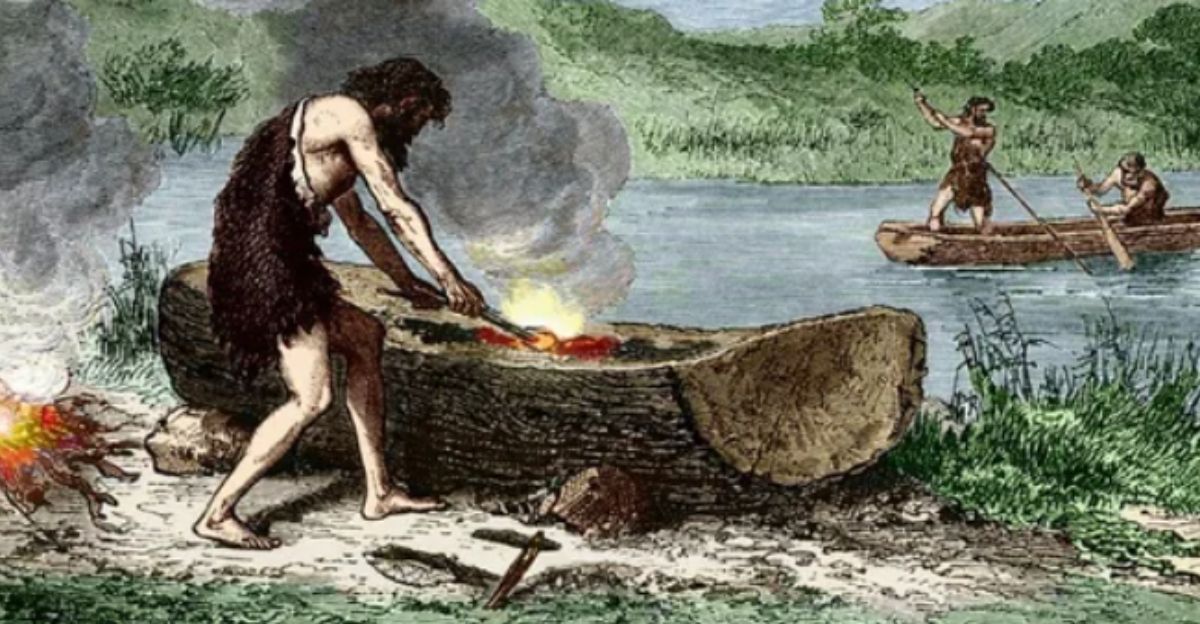
Homo erectus evidence indicates they didn’t only survive: they thrived. Their remains indicate that they hunted early cattle beasts and cracked open bones to extract the marrow.
They probably fished and gathered shellfish from rivers. Riverbank trees bore fruit, and plants completed their diet. Rivers were lifelines, giving them food, tools, and shelter.
New Tools and Early Art
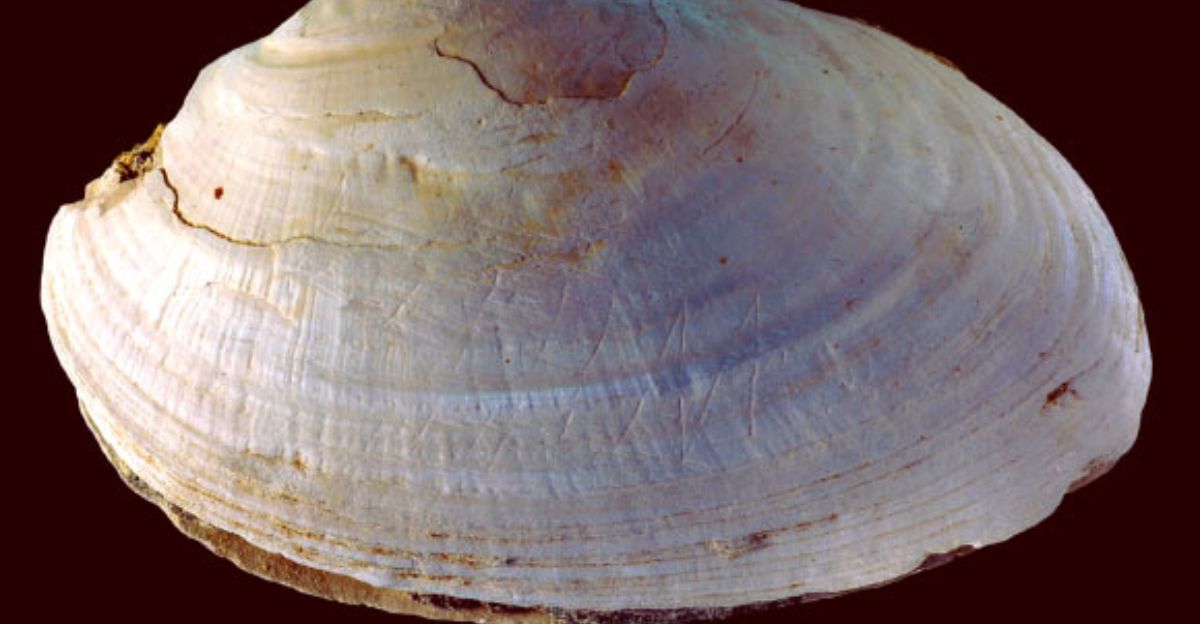
Some of the shells they found show what may be some of the oldest human-made carvings. Homo erectus used these shells either as crude tools or as decorations.
Initial attempts at expression capture their developing line of thinking and capacity to use things for various purposes—a stride in human evolution.
Shared Hunting Traditions Across Asia
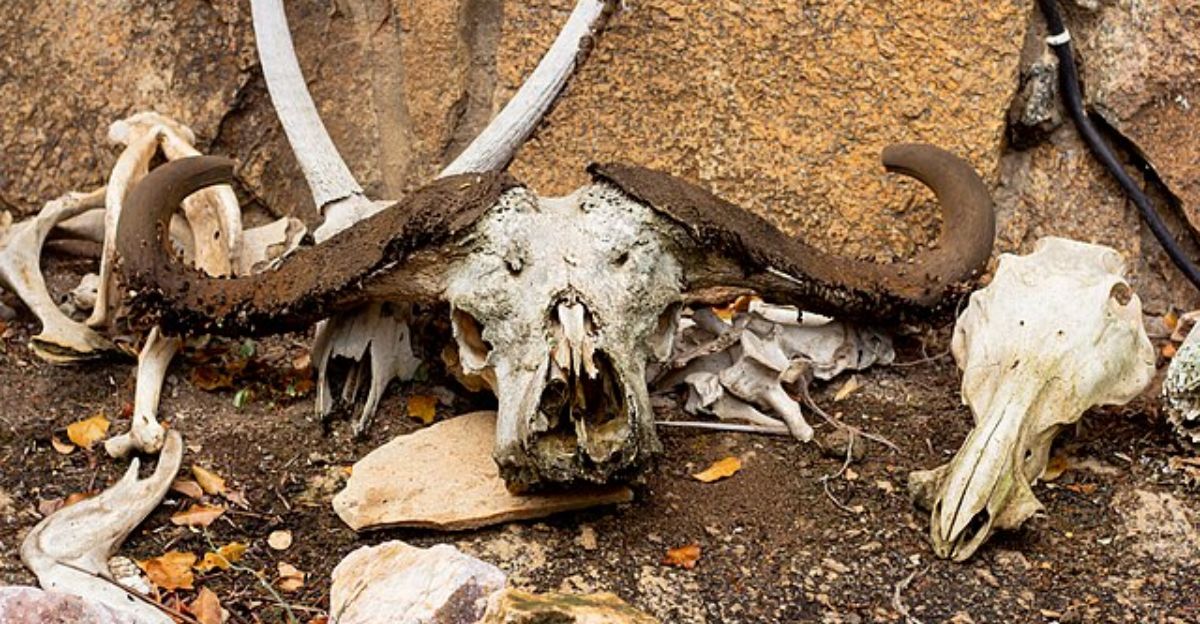
On the Asian continent, Neanderthals and Denisovans both hunted large game. Though they had no direct evidence previously to associate Homo erectus in Java with this behavior, the recent discoveries indicate that they hunted along similar lines.
Scars on the bones of animals indicate evidence of meat and marrow removal, which indicate cooperative survival strategies or even cultural exchanges between the original human populations.
Animal Migrations and Unexpected Guests
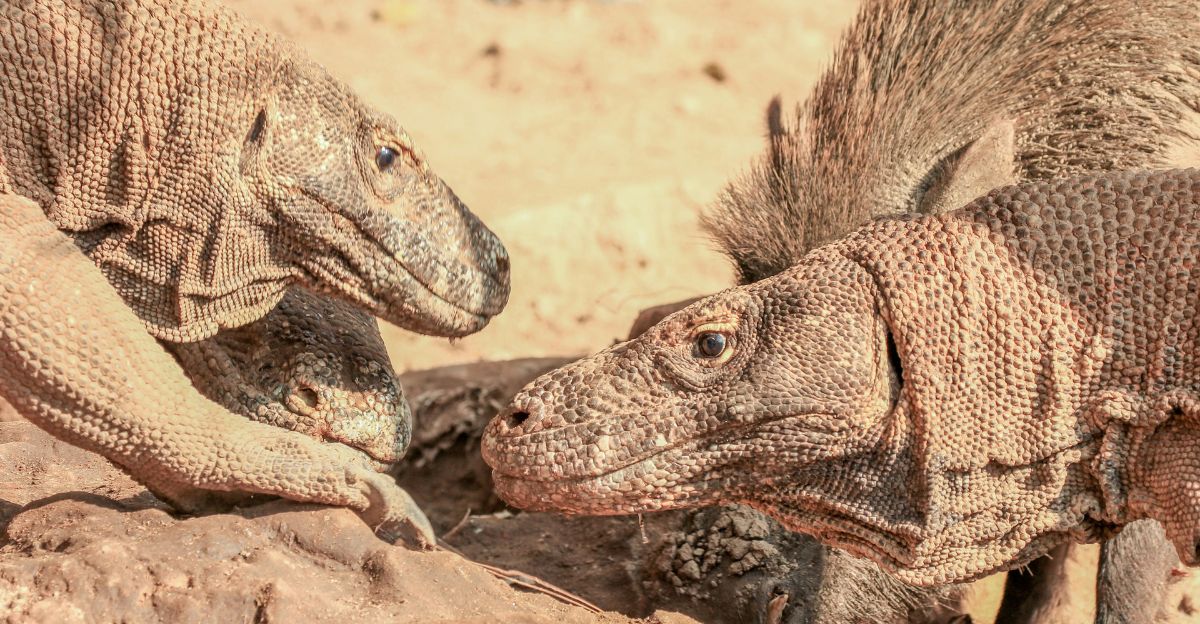
Low sea levels not only facilitated the movement of humans. Other land animals colonized Sundaland as well. Extinct hippos, rhinos, and even Komodo dragons inhabited these linked lands.
When the seas rose once more, most of them became extinct or were cut off, and fossils are all that remain to tell their tale now.
The Body and Brain of Homo Erectus
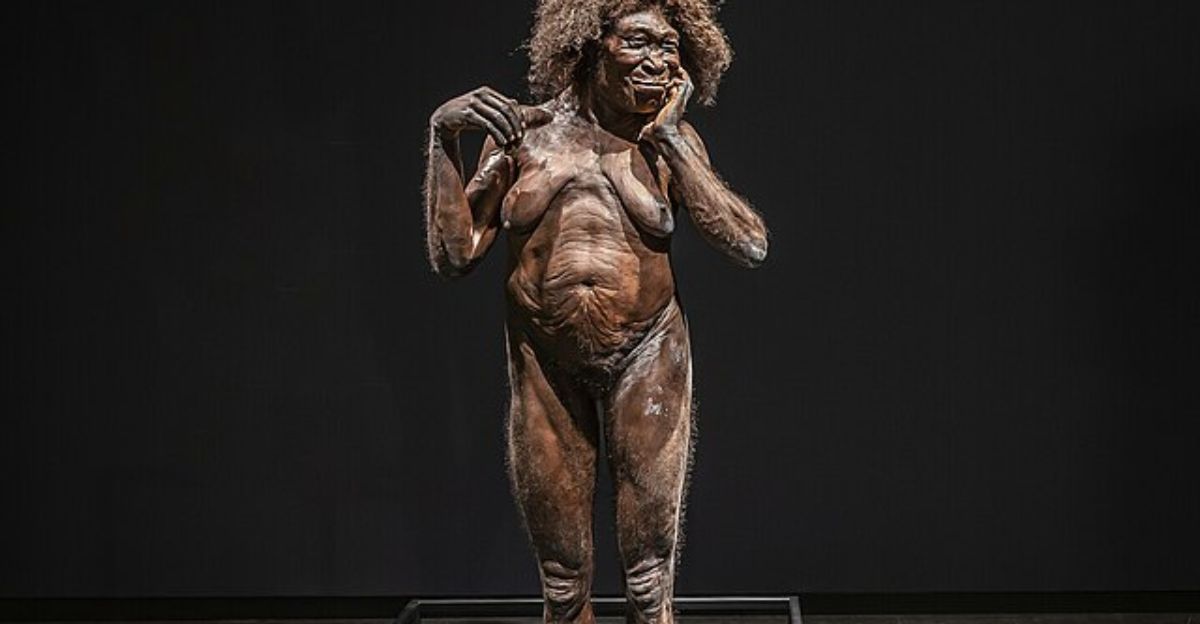
Homo erectus was a turning point in our existence. They possessed more powerful legs and larger bodies, hence they could go further distances and hunt better.
Their brains were more than 50% larger than those of their predecessors, so they could organize better and live a more complex social life. They were closer to us than we might realize.
Life in a Changing Climate
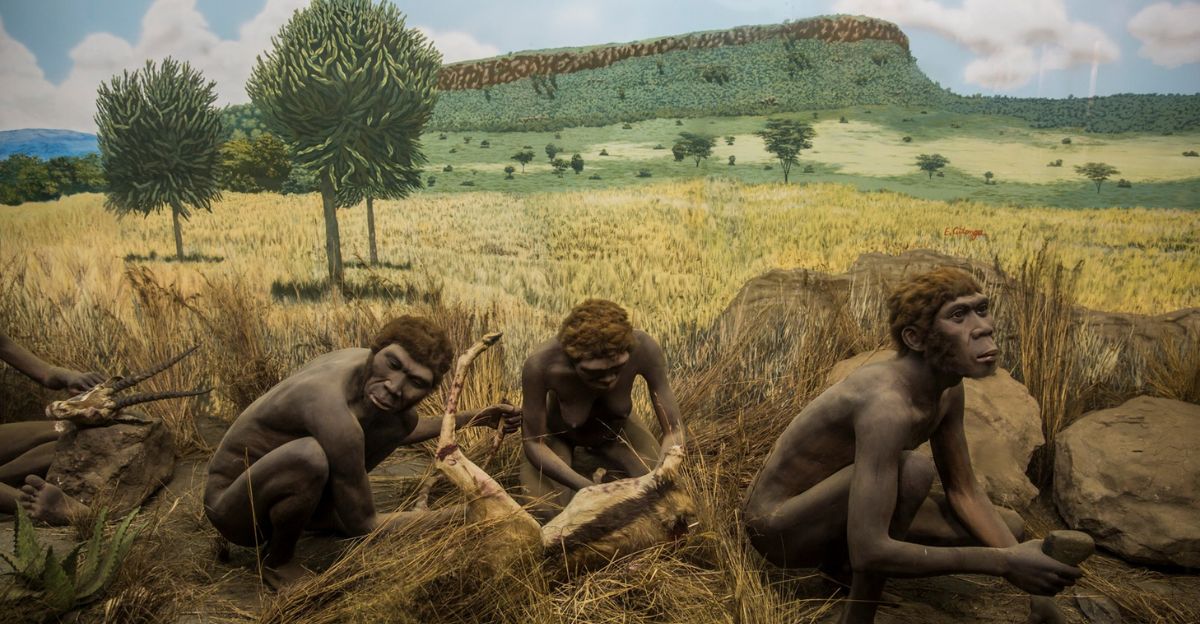
Sundaland and East Java had drier environments in the Middle Pleistocene. Homo erectus and large herbivores relied on permanent rivers.
These rivers played an important role in their survival and the ways in which they lived and settled. With climate change and rising seas, the geography permanently changed, and adaptation or migration was necessary.
Rising Seas and Lost Connections
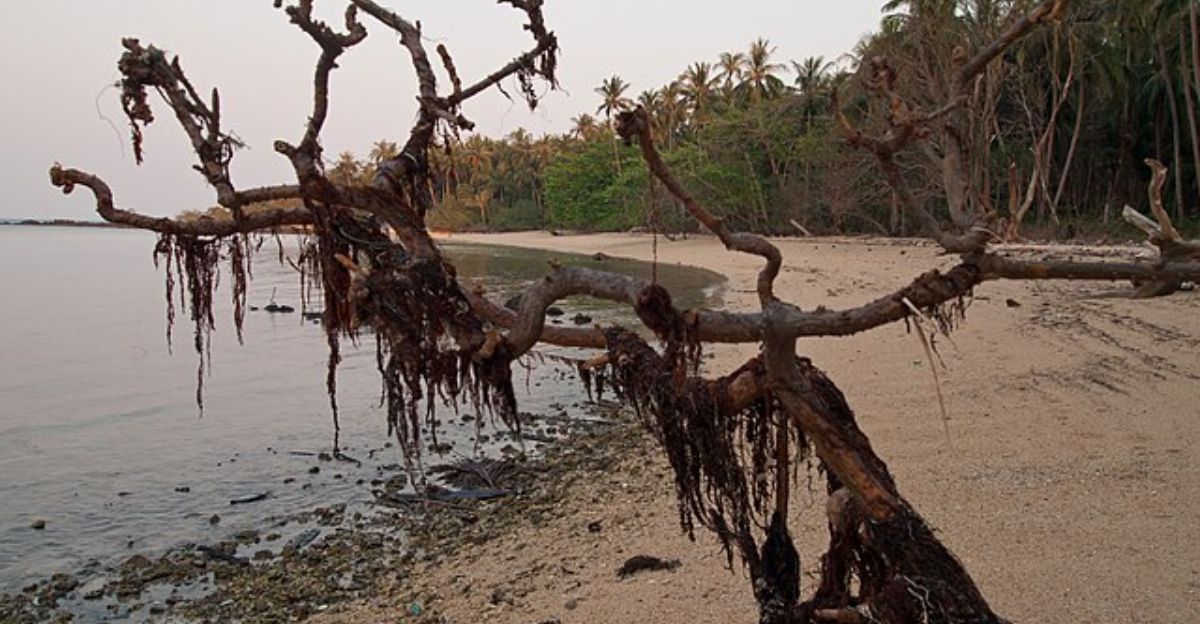
When sea levels increased as the ice melted, Sundaland’s land bridges were flooded, and human and animal populations were cut off on remote islands.
These events reshaped life and probably called for new migrations and evolution. The great plains long ago became the scattered islands that we can observe on the map today.
A Window Into Our Deep Past
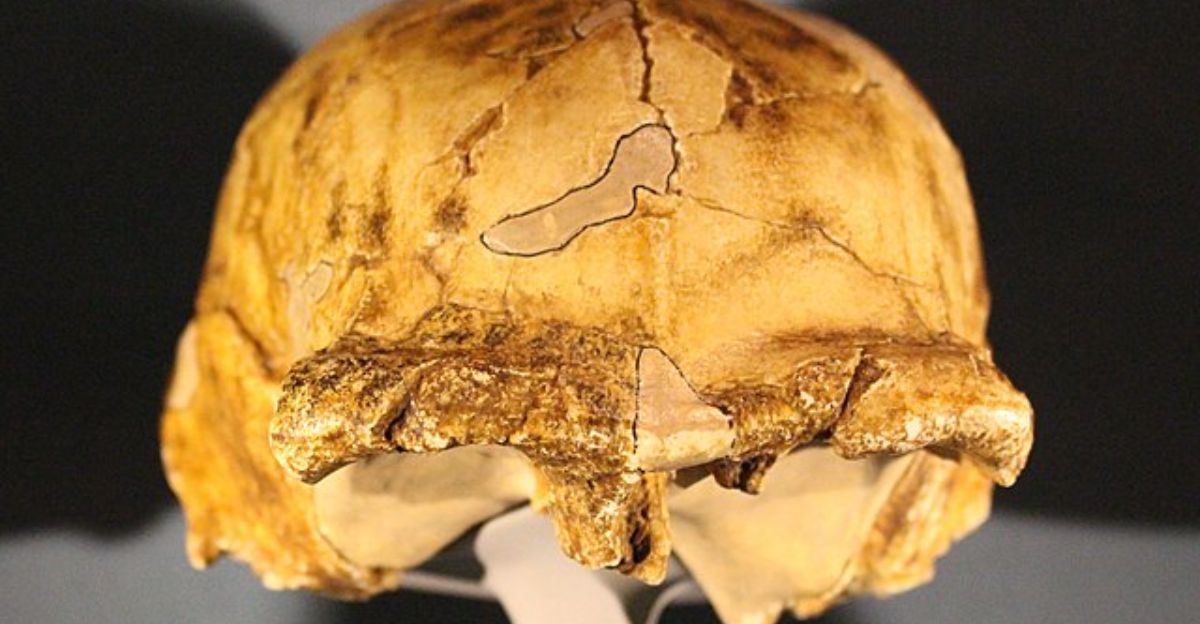
The dredged fragments of skulls give us a glimpse into ancient times. They challenge what was believed about man’s exploration and settlement.
The mysteries of Sundaland, submerged, reveal that early man advanced much further than we now think. Every fossil makes us more competent in understanding the stages that led to present-day man.
What Lies Beneath: Future Mysteries
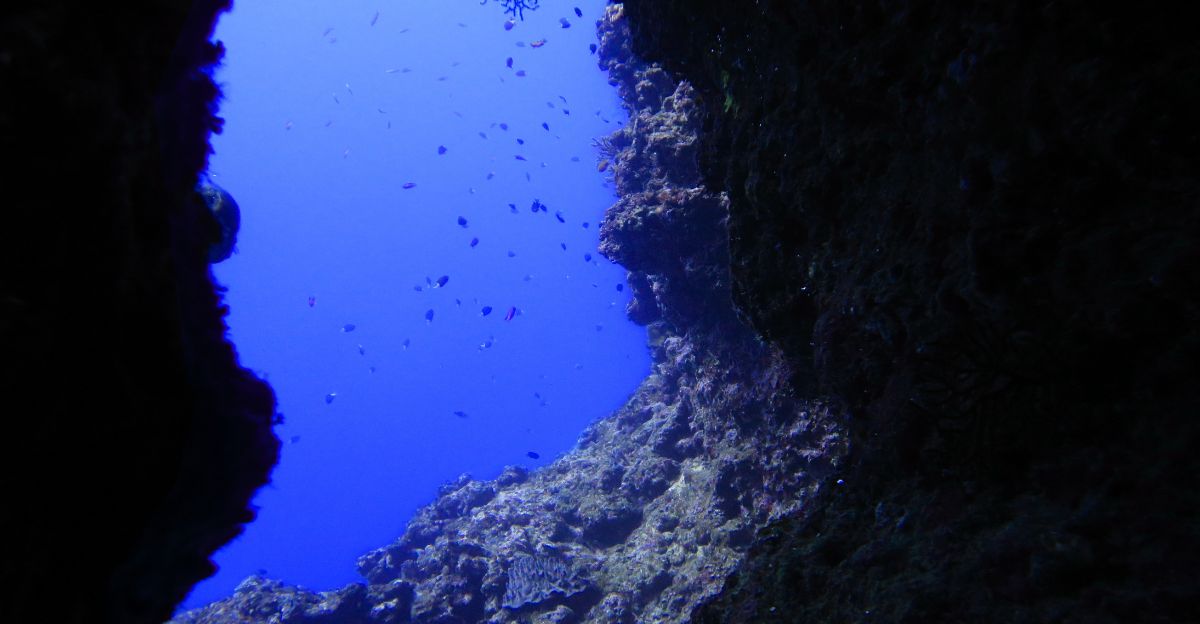
As sea levels rise and fall over millennia, worlds can disappear under the sea. Scientists believe many more secrets are still buried on ancient seabeds.
Each discovery completes some detail of our story and reminds us how dynamic and full of surprises human history is.

